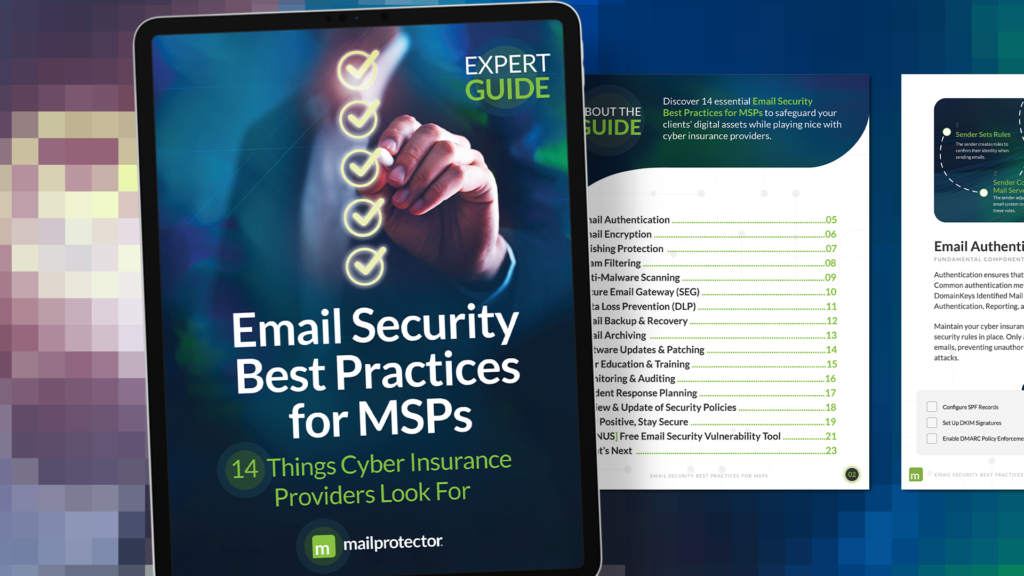Let’s get beyond the buzz term. Digital transformation may seem like a vague description of the process which MSPs have been actively involved in for decades ‒bringing their businesses into the 21st century ‒ but it has a much broader meaning.
InfoWorld defines the term as the application of digital technologies to fundamentally impact all aspects of business and society. Is that a broad enough description? Digital technologies fall into numerous categories, from shifting to web-based applications such as Office 365 and QuickBooks to adopting real-time, data-driven solutions powered by mobile and connected devices and wearables.
That’s where IoT and other infrastructure comes into the picture. The digital transformation also encompasses big data and hyper-converged technologies, as well as artificial intelligence and blockchain. These innovations can enhance and streamline the way companies do business, creating ground-breaking new opportunities for the channel.
Digital transformation has become a rallying cry for many IT industry professionals. MSPs who can clearly convey its advantages to SMB customers and effectively walk them through all the available options have a real opportunity to grow sales and boost customer retention. That is if they can properly manage and secure all these innovations.
Make Protection Seamless
That latter point is critical. Shifting to online business applications and services certainly has advantages ‒ flexibility for remote working, device agnostic, etc. Unfortunately, it has significant downsides as well. Security concerns top the list, since access and uptime are crucial to the success of a digital transformation.
Increasing your customers’ reliance on the internet also raises the potential threat factors. Cybercriminals are everywhere, and the world wide web is their playground. The trick is balancing this transformation ‒ adding cloud, SaaS, and other apps ‒ with your client’s compliance and data protection needs.
In other words, most end users want and, in some cases, may genuinely need quick access to their business systems with few if any restrictions. On the other side of the equation, MSPs understand and must address the many risks associated with the use of these cloud-based applications. Finding a middle ground that keeps their systems secure isn’t always easy.
Users Beware
Education and empathy are helpful to those looking for that common ground. With a better understanding of the threats facing their organization, end users tend to stick closer to security protocols and policies. Similarly, MSPs who spend time listening to and observing those employees in their native work environments gain valuable insight and, hopefully, empathy for their situations. End-user security training is an essential step in that process.
That shared knowledge helps providers design more user-friendly yet highly effective security solutions and gives end users greater insight into the minds of cybercriminals. Both communities must be closely aligned in their mindsets and missions if their business-critical information and infrastructure is to be properly secured.
Email is the perfect example. Office 365 is frequently hyped by industry experts as a highly secure platform, but few IT professionals trust the proprietary protections built into any web-based product suite. Development and cost concerns can lead to compromises that weaken defenses.
Trust but Verify
MSPs can’t afford to put all their protective eggs in one basket — even if that basket has a well-recognized name like Microsoft. Layered security puts multiple roadblocks in the way of cybercriminals, ensuring that any single vulnerability won’t compromise their customers’ most valued communications systems.
Digital transformation does have its risks, especially when cloud vendors insinuate other security measures won’t be required. Savvy MSPs understand the value of layered protection measures ‒ and fight for their implementation.
Make no mistake, Office 365 and other competitive product suites are great foundational business tools, but each comes with its own, inherent vulnerabilities. Respected cloud vendors develop APIs and integrate with best-in-class security solutions to address those potential problems. Those companies understand that the best protection against cybercriminals is layered, eliminating their end users’ age-old “single point of failure” concerns.
That’s where MSPs rule. Digital transformation demands close attention to security and resourceful IT services providers carve their own niche in this space. Security is a big part differentiator for the channel and will continue to play a more significant role as this shift to the cloud, IoT, and AI accelerates and grows in complexity in the future.
Is your MSP capitalizing on these digital transformation trends? If you’re not building security portfolios and providing solutions that support your clients’ success during these conversions, you’re missing out on opportunities that could strengthen and define your business for years to come.

















